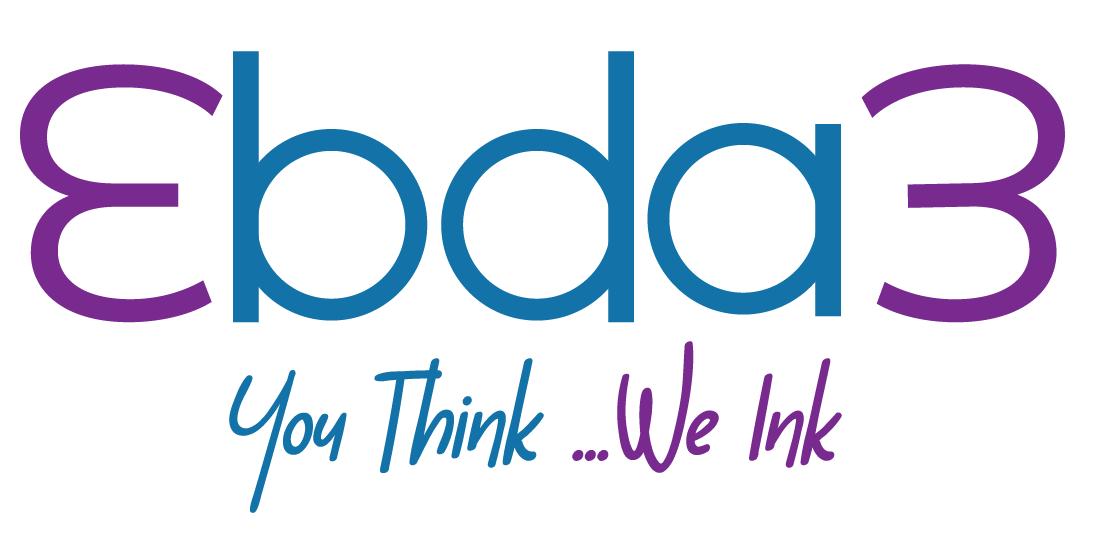Key SEO Trends and Techniques for 2024

Focus on User Intent:
Understanding Search Intent: Google increasingly prioritizes content that aligns with the searcher’s intent. Understand whether the intent is informational, navigational, transactional, or commercial and tailor your content accordingly.
Answering Questions: Use tools like Google’s “People Also Ask” and keyword research tools to identify common questions and ensure your content provides clear, concise answers.
Quality Content Creation:
E-A-T (Expertise, Authoritativeness, Trustworthiness): Create content that demonstrates your expertise, authoritativeness, and trustworthiness. This includes citing reputable sources, showcasing author credentials, and building backlinks from authoritative sites.
Comprehensive Content: Develop in-depth, comprehensive content that thoroughly covers topics. Long-form content often performs better in search rankings as it provides more value to readers.
Mobile-First Indexing:
Responsive Design: Ensure your website is mobile-friendly with a responsive design that provides a seamless user experience across all devices.
Mobile Optimization: Optimize for mobile search by focusing on fast load times, easy navigation, and mobile-specific SEO practices like AMP (Accelerated Mobile Pages).
Core Web Vitals and Page Experience:
Performance Metrics: Google’s Core Web Vitals, including Largest Contentful Paint (LCP), First Input Delay (FID), and Cumulative Layout Shift (CLS), are crucial for ranking. Improve these metrics to enhance user experience and boost rankings.
Page Experience Update: Focus on overall page experience, including HTTPS, safe browsing, and no intrusive interstitials, to align with Google’s ranking factors.
Voice Search Optimization:
Conversational Keywords: Optimize for voice search by incorporating natural, conversational keywords and phrases into your content.
Featured Snippets: Aim for featured snippets by answering common questions concisely and accurately. Voice assistants often pull answers from these snippets.
Visual and Video Content:
Video SEO: Optimize video content by using descriptive titles, tags, and transcripts. Host videos on platforms like YouTube and embed them on your website to enhance SEO.
Image Optimization: Use high-quality images, descriptive alt text, and proper file names to improve image search visibility and overall content appeal.
Local SEO:
Google My Business: Optimize your Google My Business listing with accurate information, high-quality images, and customer reviews to improve local search visibility.
Local Keywords: Incorporate local keywords and create content tailored to local audiences to boost your presence in local search results.
AI and Machine Learning:
Content Generation Tools: Leverage AI-powered content generation tools to assist with creating high-quality, SEO-optimized content.
Algorithm Updates: Stay informed about Google’s AI and machine learning updates, such as BERT and MUM, to understand how they impact search rankings and adjust your strategies accordingly.
Practical Steps for SEO Content Optimization
Keyword Research:
Identify Relevant Keywords: Use tools like Google Keyword Planner, Ahrefs, and SEMrush to identify relevant keywords with high search volume and low competition.
Long-Tail Keywords: Target long-tail keywords that are more specific and less competitive, often leading to higher conversion rates.
Content Structure and Formatting:
Use Headings: Organize content with clear, descriptive headings (H1, H2, H3) to improve readability and SEO.
Internal Linking: Incorporate internal links to other relevant pages on your site to enhance navigation and distribute link equity.
Technical SEO:
XML Sitemap: Ensure your website has an up-to-date XML sitemap to help search engines index your pages.
Robots.txt: Use a properly configured robots.txt file to control which pages search engines can crawl.
Regular Audits and Updates:
SEO Audits: Conduct regular SEO audits to identify and fix issues that could impact your rankings, such as broken links, duplicate content, and slow page speeds.
Content Updates: Regularly update existing content to keep it relevant and accurate, improving its chances of ranking well over time.
Conclusion
Staying ahead in SEO requires continuous learning and adaptation to new trends and techniques. By focusing on user intent, creating high-quality content, optimizing for mobile and voice search, and leveraging AI and machine learning, you can enhance your content’s search engine performance in 2024. Implement these strategies to ensure your content remains competitive, attracts more organic traffic, and drives your business success.
The Power of Infographics: Turning Data into Engaging Visuals
In today’s fast-paced digital world, capturing and retaining audience attention is crucial. Infographics, which blend data and visuals, have become a powerful tool for communicating complex information quickly and effectively. Here’s an exploration of the benefits of using infographics and tips for designing visually appealing graphics.
Benefits of Using Infographics
1. Simplifies Complex Information
Infographics break down intricate data into easy-to-understand visuals. This simplification helps readers grasp complex concepts at a glance, making it easier to communicate detailed information.
2. Enhances Retention and Recall
Visual content is more likely to be remembered than text alone. Infographics enhance retention and recall by combining images, icons, and concise text, making the information more memorable.
3. Increases Engagement
Infographics are visually appealing and more engaging than plain text. They can capture attention quickly and hold it, leading to increased time spent on a webpage and higher engagement rates.
4. Improves Shareability
Infographics are highly shareable across social media platforms. Their visually appealing nature makes them more likely to be shared, increasing the reach and visibility of your content.
5. Boosts SEO
When infographics are shared and linked to from other websites, they generate backlinks, which can improve your website’s SEO. High-quality infographics can also increase website traffic and reduce bounce rates.
6. Establishes Authority
Well-researched and well-designed infographics position your brand as an authority in your industry. By presenting valuable data in a professional format, you build trust and credibility with your audience.





